Your data center uses Linux. It might be for web servers, Samba shares, security, networking … or it might be for containers or the cloud. If your usage happens to fall in line with the latter two categories, Ubuntu has a new platform designed specifically to meet your needs.
The platform is Ubuntu Minimal and it is ideal for both cloud and container deployments. Why this new platform is important is in the name: minimal. The ISO image for this operating system comes in at a scant 67.1MB. You read that correctly–67.1MB. After installation (which included OpenSSH server and cloud deployment tools) my installation came in at just over 300MB. That’s still tiny. Add Docker into the mix and the installation was 301MB.
I want to walk you through the installation of this platform. I’ll be demonstrating by way of a VirtualBox VM, but the process will be the same on bare metal hardware.
SEE: Securing Linux policy (Tech Pro Research)
What you’ll need
The first thing you need is the ISO image for Ubuntu Minimal. Make sure to download the image that matches your architecture. If you’re installing on a virtual machine, give the VM enough resources based on your use case, not the minimal size of the platform. That’s all you need. Let’s install.
Installation
When you boot the image, you’ll be greeted by a standard Ubuntu installer (Figure A). Select Install and hit Enter on your keyboard.
Figure A

At this point, you’ll be asked to select the standard choices (language, location, keyboard). You’ll find very little variation from the installation of the regular Ubuntu Server installation. Once the network autoconfigure completes (by getting a DHCP address), you’ll be asked to set the hostname for the platform (Figure B).
Figure B
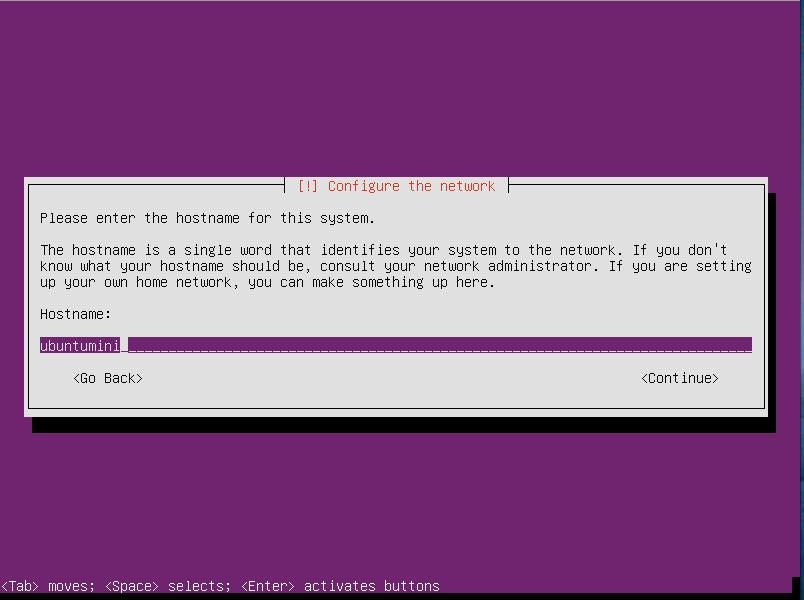
In the next window (Figure C), select the nearest mirror to your location (for downloading packages).
Figure C
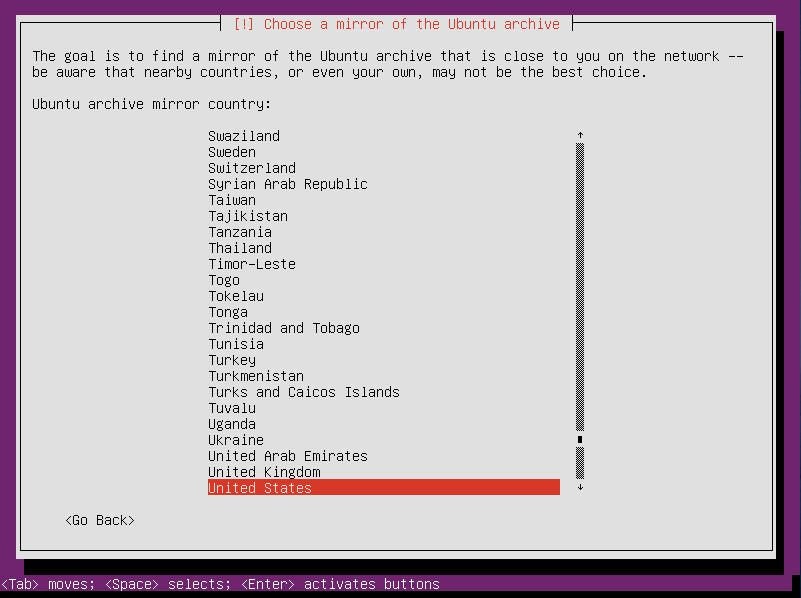
SEE: 20 quick tips to make Linux networking easier (free TechRepublic PDF)
The next step is to fill out a proxy, if necessary. If no proxy is necessary, leave it blank and continue. With the proxy taken care of, the necessary packages (for the installer to continue) will download and install. This won’t take long at all (less than a minute). When that completes, you’ll be asked to create a standard user account (Figure D). This account will have sudo privileges, so you can actually work with the server.
Figure D
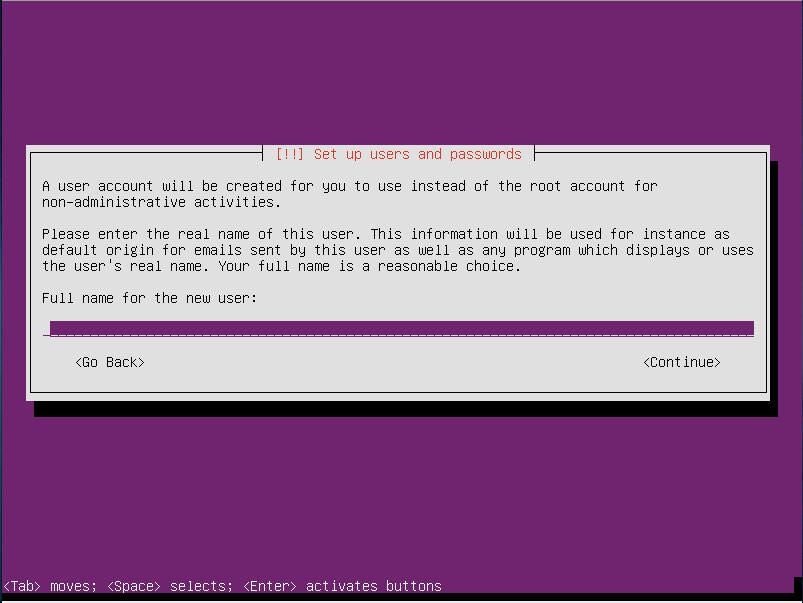
With the account out of the way, select a time zone and then it’s time to select a partition option (Figure E).
Figure E
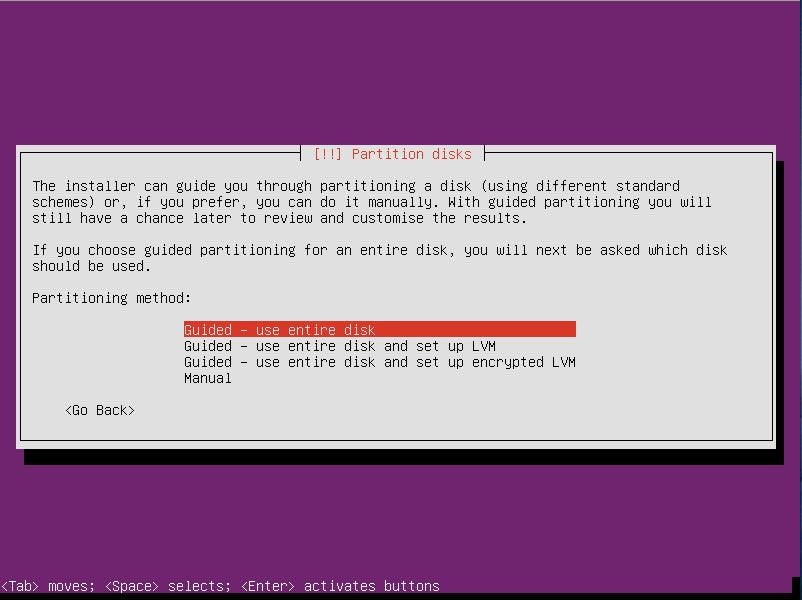
Once the drive is partitioned, the operating system packages will download from the chosen mirror and then be installed. This process will take about two to five minutes (depending upon the speed of your network connection). When this completes, you’ll be asked how you want to handle updates (no automatic updates, install security updates automatically, manage system with Landscape).
The next step is to select the software you want included (Figure F). I highly recommend you go through this carefully and select only the software you need to fulfill the purpose of this deployment.
Figure F
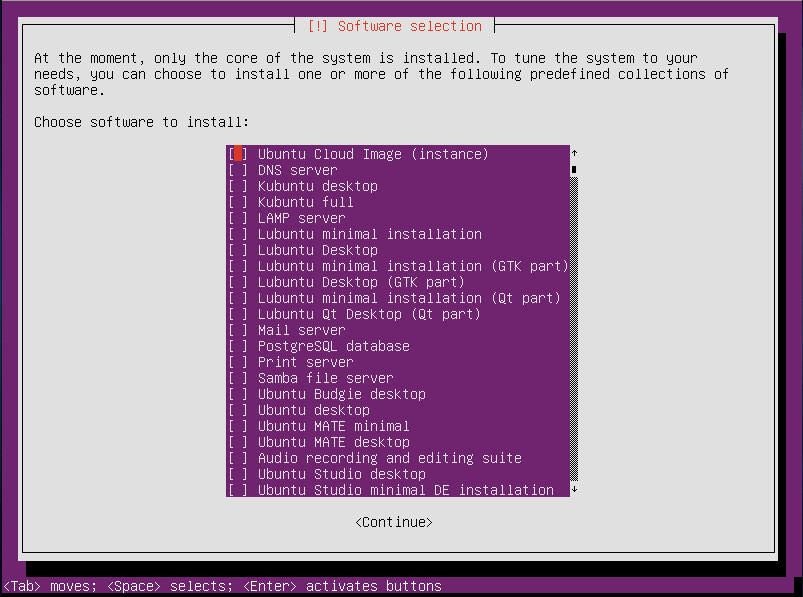
You will notice, during the package selection step, that there are no container options (no Docker or Kubernetes). For that, you’ll have to add post-install. Once you’ve made that selection, the installation will continue and complete. When prompted, install the GRUB boot loader, set the system clock and reboot. If you’re using a VirtualBox VM, you’ll have to remove the ISO image from the Storage Devices (in the VM Settings) before starting the server virtual machine. When the server boots, log in with the user you created and start installing the necessary software for your rollout. For example, you can install Docker with the command sudo apt install docker.io.
You’re good to go. Enjoy your Ubuntu Mini Server installation.
Also read…
- How to create a custom Ubuntu ISO with Cubic (TechRepublic)
- How to keep your Ubuntu Linux systems updated with uCaresystem (TechRepublic)
- How to set DNS nameservers in Ubuntu Server 18.04 (TechRepublic)
- How to configure a static IP address in Ubuntu Server 18.04 (TechRepublic)
- Minimal Ubuntu for containers and clouds (ZDNet)
Your thoughts
Does Ubuntu Minimal Server sound like a good fit for your needs? Share your opinions with fellow TechRepublic members.